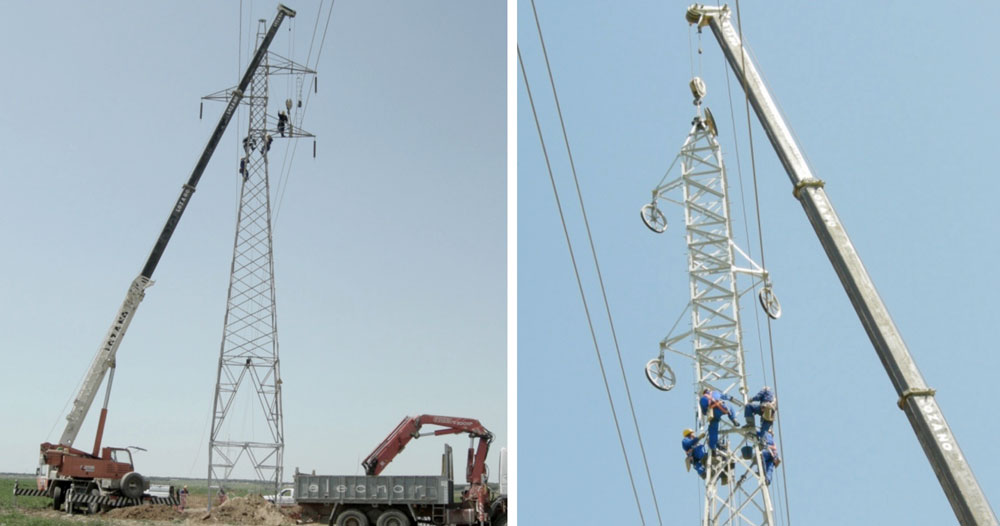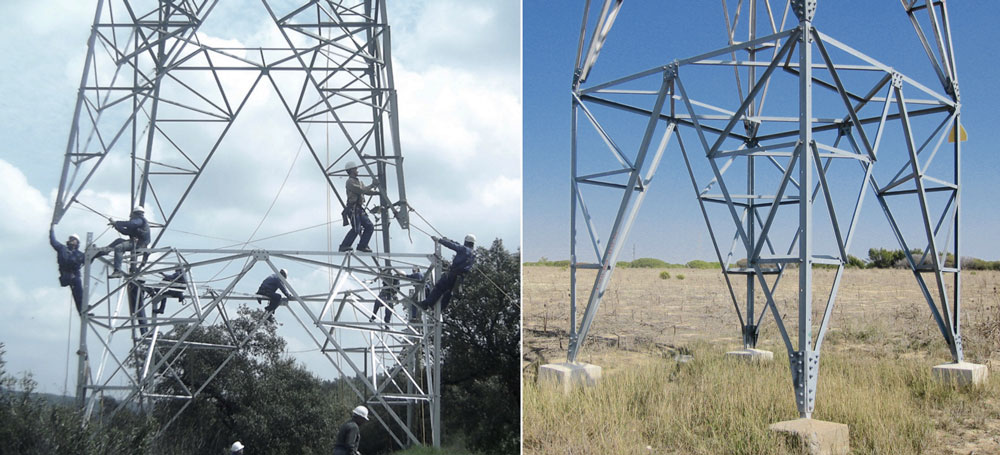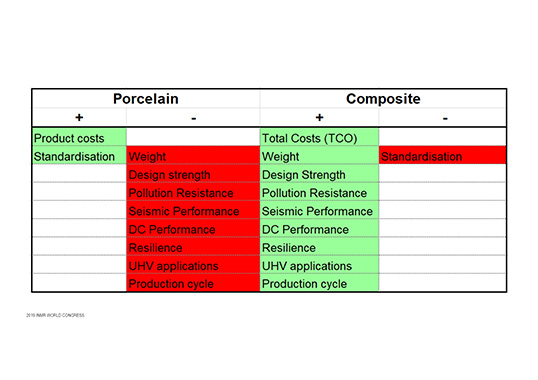RED Eléctrica de España (REE), the grid operator in Spain, operates a large network of 220 and 400 kV lines. While new lines have been built to accommodate growing wind power generation, obtaining public approval for these has become increasingly difficult. REE’s engineering department therefore reviewed options to increase power transfer capabilities along existing right-of-ways. One notable past such project involved an old 132 kV line running near Cádiz, in the country’s southwest.
INMR visited the 220 kV Puerto Real-Entronque Gazuels Line to report on how this upgraded line was designed and constructed with the goal of minimizing cost.
Decision-making criteria at REE for how best to upgrade an existing transmission line have typically been based on factors such as its condition, service environment and availability to be taken out of service during the work. All play a role in the final decision on which is the upgrade methodology is optimal for the situation. Table 1 summarizes the alternatives usually considered as well as their impact on power transfer and cost:

REE’s experience in upgrades has resulted in certain generalizations. For example, increasing the operating temperature of conductors from 50 to 85°C has allowed up to a 30 percent increase in power transfer capabilities of a line and typically required from 10 to 20% of towers to be raised onto platforms to accommodate local regulations on ground clearance. At the same time, it has also required re-tensioning the conductor between anchor towers at some points as well as reinforcing foundations of those towers placed onto platforms. Moreover, in those situations where the transmission line being upgraded has an impact on a distribution line crossing its path, it has usually been much cheaper to modify the lower voltage line.

Historic mean efficiency ratios at REE indicate that, on average, a construction team of 5 to 6 workers can replace one tower per day while it takes the same team a week to reinforce two cement foundations. Typically, about 9 km of line can be re-tensioned per work crew every week.
A good example of how REE has handled the upgrading of older lines is the Puerto Real-Entronque Gazules Line that runs between two substations near Cádiz. This line used to operate at 132 kV but a 60 km section comprised of 119 towers was upgraded to 220 kV.

The upgrade project was budgeted at the time at almost Euros 3 million, the largest portion of which was accounted for by new and modified towers (23.5%) as well as new conductors and ground wire (21.5%). The insulator assemblies, designed to be horizontal Vees with silicone insulators on most towers and glass cap & pin strings on the 20 tension towers, represented about 7% of total budgeted cost.

Apart from changing the conductors to simplex Rail type and their typical operating temperature from 50 to 85°C, most existing towers were lifted by crane and mounted onto platforms to allow increased ground clearance for the new conductor. The upgrade also saw a change in design of line insulation from glass cap & pin suspension strings to silicone horizontal Vee type on all towers lifted onto platforms. Such a solution, however, was not considered suitable to meet the mechanical requirements at tension structures where new towers and also new glass cap & pin strings were installed. Similarly, all foundations at tension towers were reinforced.

The horizontal Vees, made from two silicone long rod insulators, were assembled on the ground before attachment to the tower, saving both construction time and costs. The last tower before the Puerto Real Substation was situated in a place where the angle of entry of the line into the station would have been too steep, given a passing road. As a result a new tower was added on the other side of the road, directly adjoining the station, and cables were installed to bring the conductor into the switchyard.

The area around Cádiz is subject to heavy maritime pollution that requires the Puerto Real station to be washed annually. Given this service environment, the cable terminations as well as surge arresters were selected to have silicone housings for superior contamination performance.

According to REE engineers, this upgrade project has allowed the power transfer of the line to increase by more than a third (from 348 to 498 MVAs) while maintaining the original right-of-way. More importantly, it was done at a cost of only about Euro 13,000/km versus an estimated cost of Euro 80,000/km to double capacity by adding a second conductor per phase. In the process, the original overhead ground wire on the old line was replaced by one containing optical fiber.














